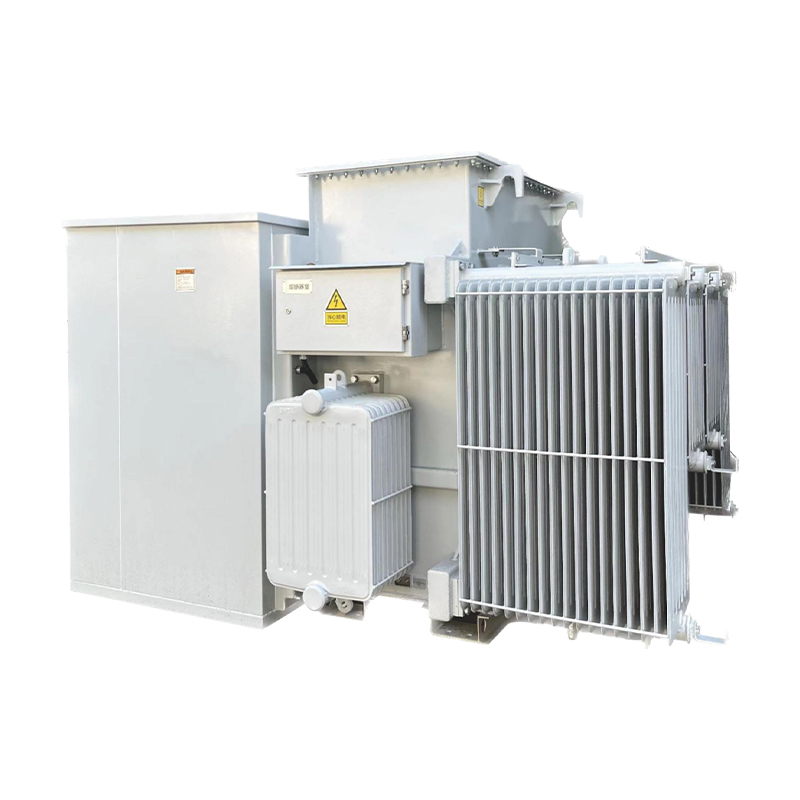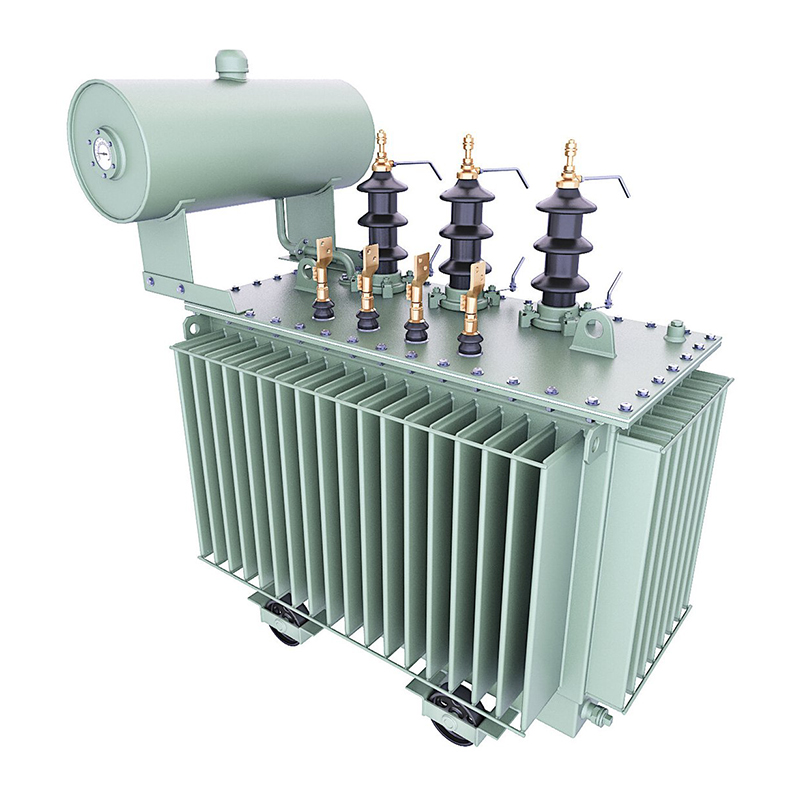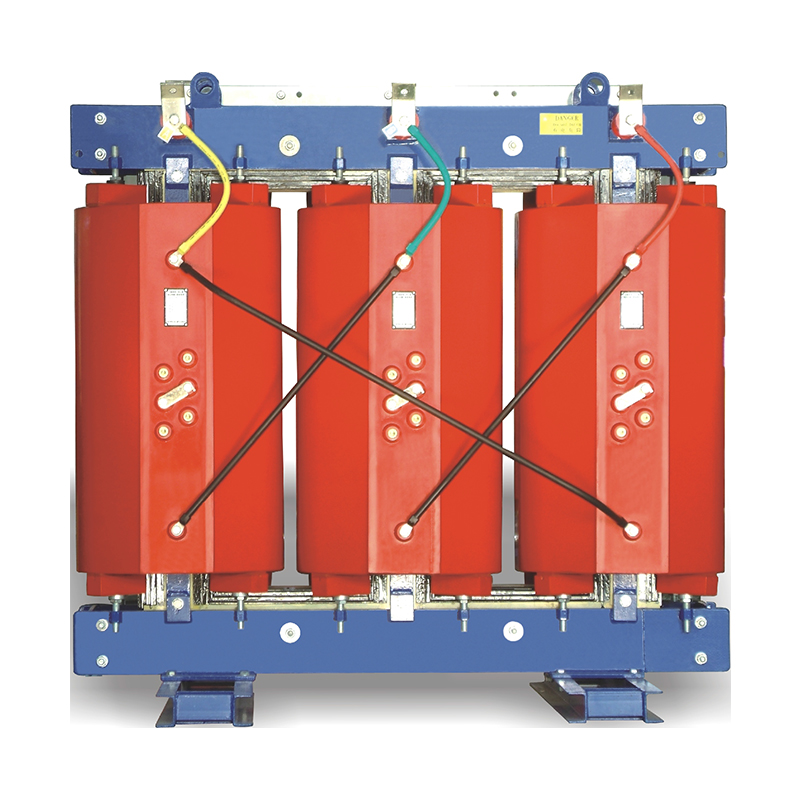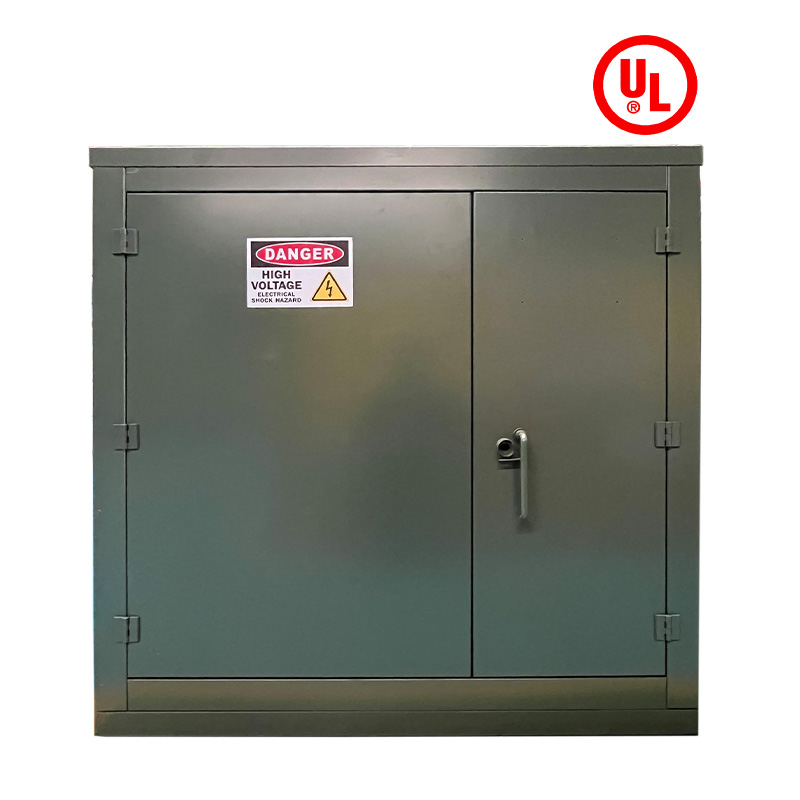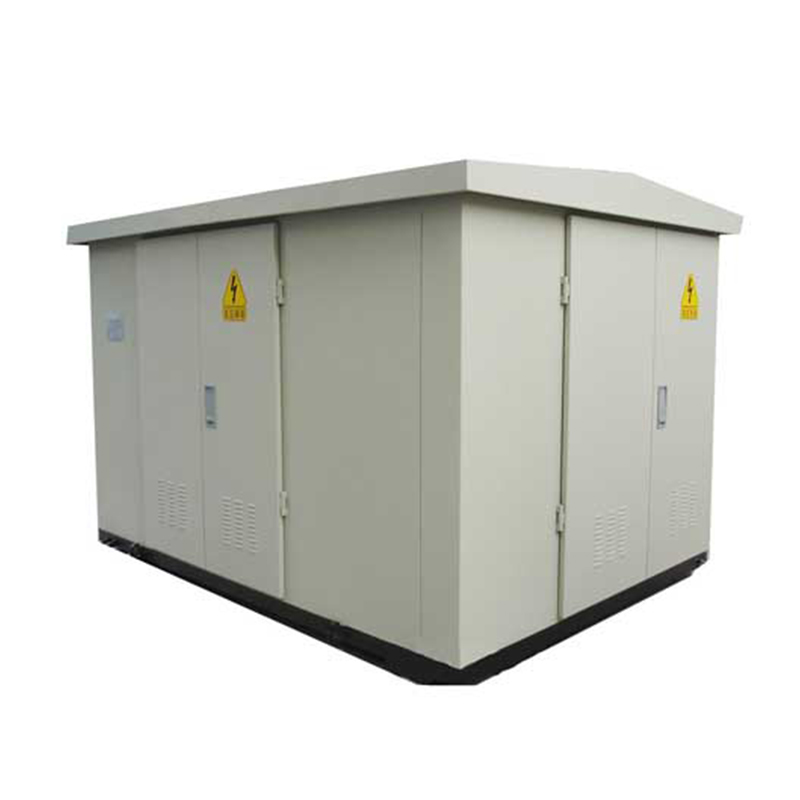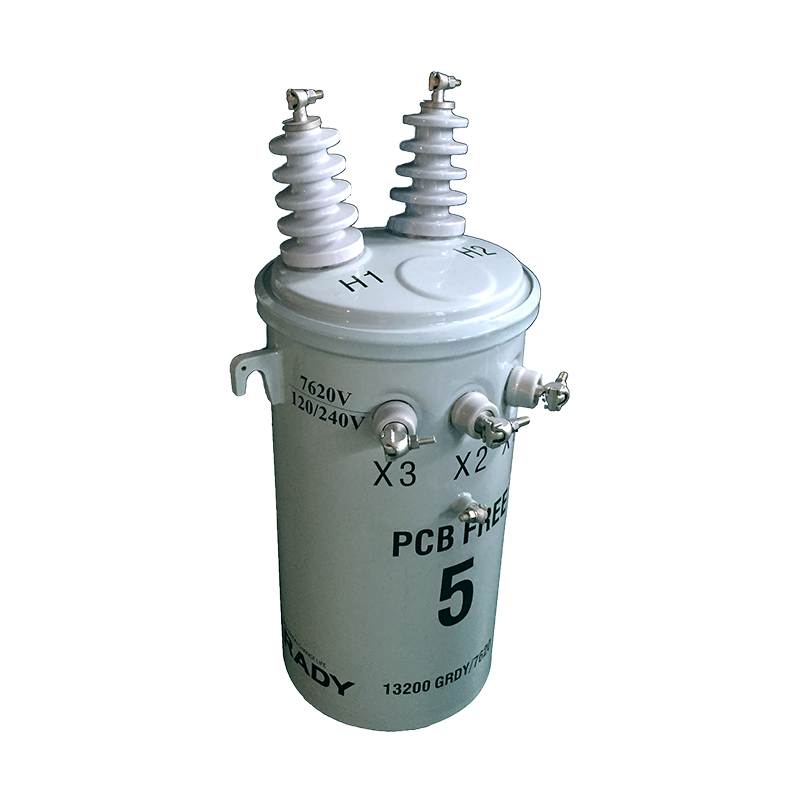Selection Guide and Practical Application of Power Transformers
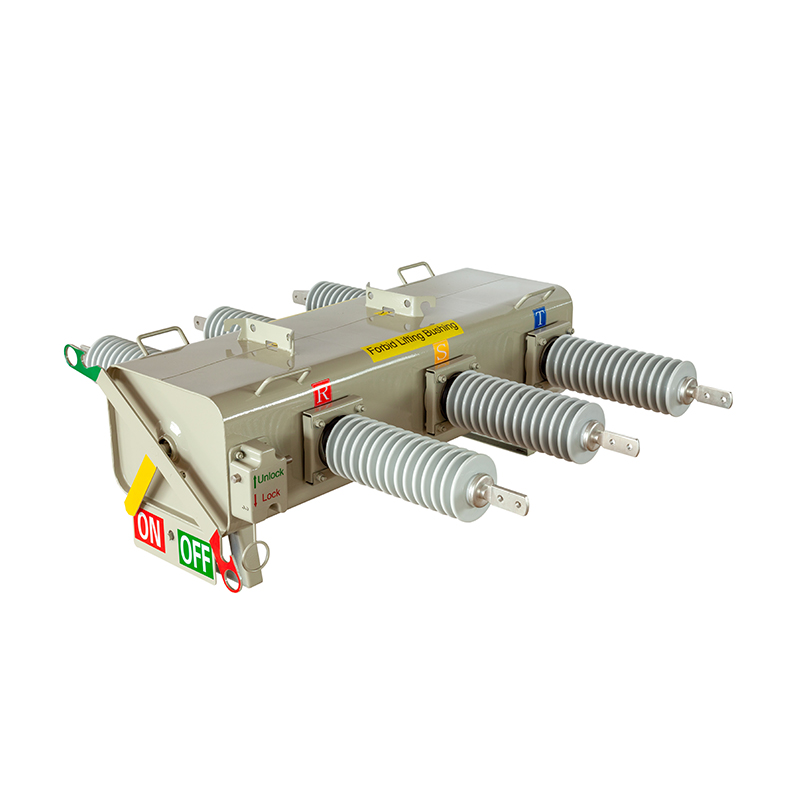
Selection Guide and Practical Application of Power Transformers
1、 Selection Guide
In the selection process of power transformers, multiple factors need to be comprehensively considered to ensure that the selected transformer can meet the actual needs of the power system. Here are some key selection guidelines:
1. Load demand: Determine the capacity of the transformer based on the load demand of the power system. This includes normal load and peak load, ensuring that the transformer can meet demand during normal operation and peak hours. To avoid equipment overheating or damage caused by insufficient capacity, and to avoid unnecessary investment waste caused by excessive capacity.
2. Operating environment: Consider environmental factors such as climate and temperature in the region where the transformer is located. For example, high temperature environments may affect the heat dissipation performance of transformers, thereby affecting their capacity utilization. Therefore, when selecting a transformer, its operational capability in specific environments should be fully considered.
3. Economy: On the premise of meeting the load demand and operating environment, transformers with reasonable prices and moderate capacity should be selected as much as possible to improve economic efficiency. This involves multiple aspects such as the initial investment cost, operating cost, and maintenance cost of the transformer.
4. Transformer type and structure: Choose the appropriate transformer type based on actual needs and application scenarios, such as dry-type or oil immersed. Meanwhile, considering the structural characteristics of transformers, core transformers are suitable for high-voltage power applications, while amorphous alloy transformers have better energy-saving effects.
5. Rated parameters and performance indicators: Determine the rated voltage, rated current, rated capacity, and other parameters of the transformer based on specific circumstances. In addition, it is necessary to pay attention to performance indicators such as efficiency, loss, and temperature rise of transformers to ensure their stability and reliability in actual operation.
2、 Practical application
In the practical application of power transformers, the following points are worth noting:
1. Regular maintenance and inspection: To ensure the normal operation and prolong the service life of the transformer, regular maintenance and inspection should be carried out. This includes inspecting the appearance, wiring, insulation condition, and performing necessary cleaning and fastening work on the transformer.
2. Energy saving and environmental protection: When selecting and using transformers, attention should be paid to their energy-saving and environmental performance. For example, selecting high-efficiency and energy-saving transformer models can reduce no-load and load losses to reduce energy consumption and environmental pollution.
3. Safety protection: Ensure that the transformer has good safety protection measures during operation. This includes setting appropriate grounding protection, overload protection, and short circuit protection to prevent equipment damage or personnel injury caused by faults or abnormal situations.
4. Intelligent management: With the development of technology, more and more intelligent management methods are being applied in the field of power transformers. Through real-time monitoring, data analysis, and remote control, the operating status of transformers can be more accurately grasped, improving management efficiency and response speed.
In summary, the selection and practical application of power transformers is a complex and important process. By comprehensively considering multiple factors such as load demand, operating environment, economy, and transformer type and structure, combined with the requirements of maintenance, energy conservation, environmental protection, safety protection, and intelligent management in practical applications, it can ensure the selection of suitable power transformers and their optimal performance.
Relatenews
- Architecture Design of IoT-Based Monitoring System for Power Transformers 2025-09-05 15:27:00
- Judgment Standards and Oil Change Process for Power Transformer Oil Deterioration 2025-09-05 15:23:00
- Design and Mechanical Strength Verification of Short-Circuit Withstand Capability for Power Transformers 2025-09-05 15:19:00
- The Role of Power Transformers in Voltage Regulation within Power Systems 2025-08-25 08:14:00
- Environmental Regulations and Technical Measures for Power Transformer Noise Control 2025-08-25 08:12:00
- The Application of Big Data Analytics in Power Transformer Fault Prediction 2025-08-25 08:11:00
- Impact of Distributed Generation Integration on Load Characteristics of Power Transformers 2025-08-16 09:43:00
- Conditions and Protection Coordination Strategies for Parallel Operation of Power Transformers 2025-08-16 09:42:00





